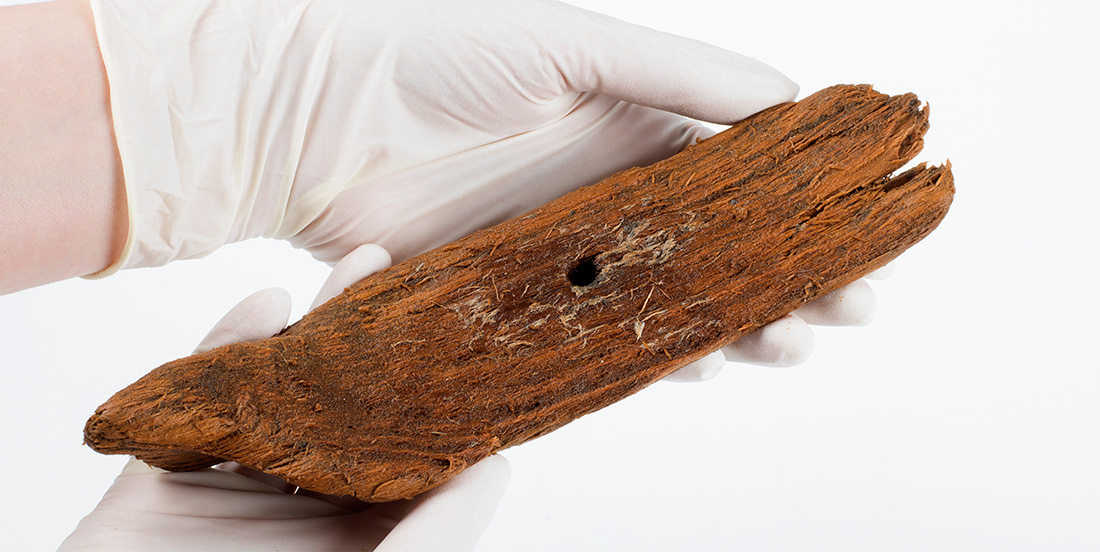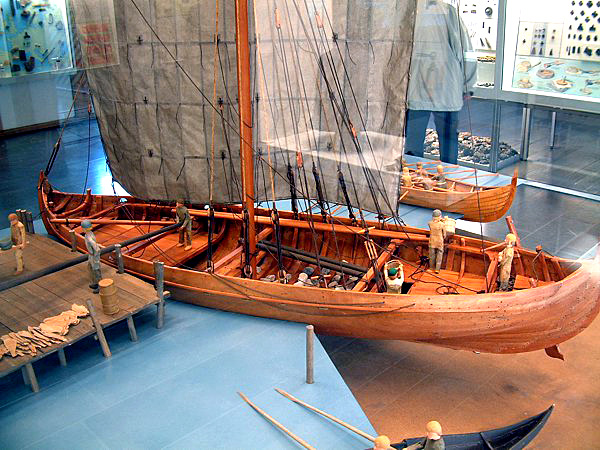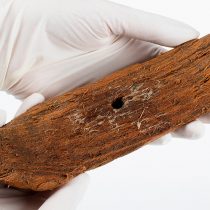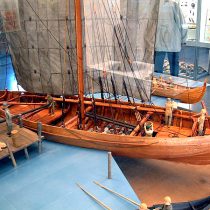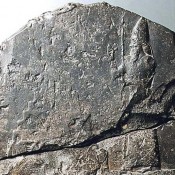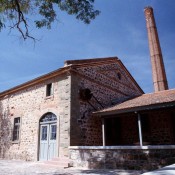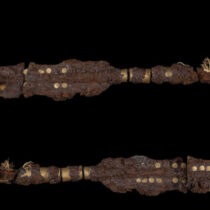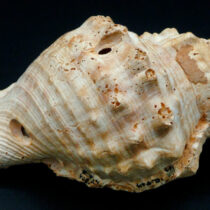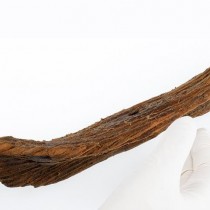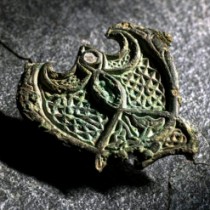A thousand years ago, for reasons we will never know, the residents of a tiny farmstead on the coast of central Norway filled an old well with dirt.
Maybe the water dried up, or maybe it became foul. But when archaeologists found the old well and dug it up in the summer of 2016, they discovered an unexpected surprise: a carefully carved toy, a wooden boat with a raised prow like a proud Viking ship, and a hole in the middle where a mast could have been stepped.
“This toy boat says something about the people who lived here,” said Ulf Fransson, an archaeologist at the NTNU University Museum and one of two field leaders for the Ørland Main Air Station dig, where the well and the boat were found.
“First of all, it is not so very common that you find something that probably had to do with a child. But it also shows that the children at this farm could play, that they had permission to do something other than work in the fields or help around the farm.”
The story of a small farm
Finding a 1000-year-old Scandinavian toy boat is not that common, but it’s not that uncommon either. In fact, a similar boat, in both age and construction, was found in downtown Trondheim in 1900, when the road in front of what is now the Trondheim Main Public Library was dug up to install sewer pipes.
The finds from the city at that time included a big spoon, different handles, pegs made of wood and “a little boat,” according to the acquisitions list. This particular boat is even on display at the NTNU University Museum.
But in the Middle Ages, Trondheim was already established as a trading post and a city, one that was the nation’s capital during the Viking Period until 1217. The concentration of people, and the wealth generated by trade almost certainly ensured that at least some children had the time and ability to play — and thus toys, like the boat, to play with.
The find from Ørland, however, is very different, says Ingrid Ystgaard, an archaeologist who is head of the entire Ørland Main Air Base project.
“The Middle Age farm here is far from the sea, it is not that strategically located,” she said. “There are other farms in Ørland that were better located.”
Thus, this medieval farm was probably not the richest farm in the area, far from it. Yet life here was good enough so that someone had time to carve the toy boat for a child.
And the child had time to play with it.
A really cool toy
Boats were among the most technologically advanced objects made in the Middle Ages, Fransson said.
“If you built a Viking ship or a knarr (a type of boat), both children and adults would have thought it was very important, it was very specialized construction,” he said.
“This is a ‘real’ boat. You don’t have to do this much work to make a toy for a child,” Fransson said. Whoever made it “worked to make something that also looked like a boat.”
A realistic looking toy boat would thus have been perceived as “really cool, just like kids today think that race cars or planes are really cool,” he said.
From bay to dry land
One of the things that archaeologists find most fascinating about the entire Ørland project has to do with the location of the dig itself.
Ørland is a rectangle of land on Norway’s outer coast that looks like the head of a seahorse jutting into the Atlantic Ocean. But it didn’t always look this way.
Consider this: Norway was once covered with kilometres of ice during the last Ice Age, more than 13,000 years ago. The great weight of the ice sheet depressed the land it sat on. After the glaciers disappeared, the land has gradually risen up, or rebounded.
This rebound created many changes along Norway’s coast, most notably when land that was once an island rose up and became a part of the mainland, or an area that might have once been a shallow bay became dry land.
Ørland is one of these places. In roughly 200 BC, during the Iron Age, Ørland’s big chunky peninsula looked more like a thin curled finger, with a big bay trapped on its southern side. Now that bay is dry land, nearly 2 km from the coast.
